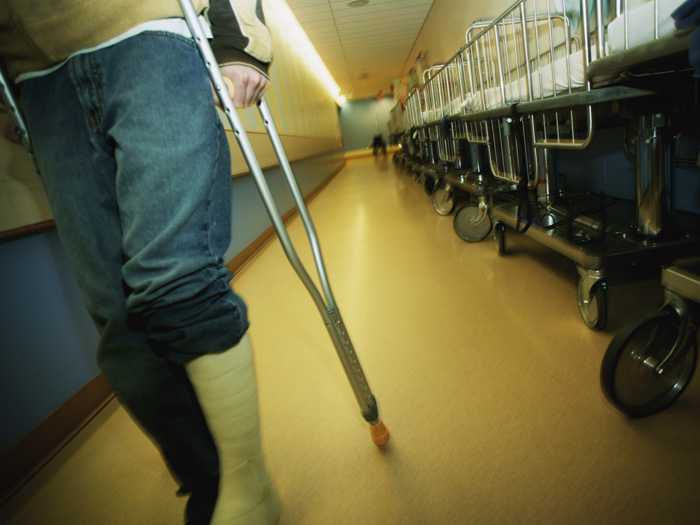Independent Medical Review
Signs of Success for Medical Dispute Resolution System

Reform legislation aimed at reducing frictional costs in California’s workers’ comp system seem to be effective, according to a new report. It says that contrary to some criticism, the new medical dispute resolution system is not “generating wholesale denials of necessary care for injured workers,” according to the California Workers’ Compensation Institute.
“The inability of the adversarial and judicial systems in workers’ compensation to effectively implement the standard of medical care intended by the prior reforms through the adoption of the Medical Utilization Treatment Schedule and utilization review led to the creation of a new medical dispute resolution process: independent medical review,” the CWCI explained in its report, Medical Dispute Resolution: Utilization Review and Independent Medical Review in the California Workers’ Compensation System. “The Legislature determined that medical professionals should decide whether treatment was medically necessary, and that the determination of these issues requires independent and unbiased medical expertise.”
As part of Senate Bill 863, the new process to resolve medical disputes took effect January 2013 for injuries on or after that date. In July, the process became available for all medical services regardless of the injury date, resulting in thousands of IMR requests.
“Some stakeholders assert that the flood of IMR requests is due to the widespread denial of care by workers’ compensation payors who have programmed their utilization review systems to reject treatment requests regardless of the merits of the request,” the report said.
The CWCI evaluated the process and determined that approximately 94.1 percent of medical treatment requests are approved after the initial internal utilization review and elevated physician-based utilization review with the 5.9 percent forming the potential pool of modified or denied decisions that may be submitted for IMR. Of the elevated physician-based utilization review decisions submitted for IMR, 79 percent have been upheld.
The findings “effectively translate to an overall approval rate of as much as 95.3 percent of all medical treatment requests and a minimum modification/denial rate of 4.7 percent of all medical treatment requests,” the report says. “The fact that such a modest proportion of medical treatment requests are modified or denied belies the notion that UR/IMR produce widespread denials, and provides strong evidence that they are serving as intended, as an exception process to preclude inappropriate and/or unnecessary treatment.”
The researchers also reported the following findings:
- Of the 919,370 medical treatment requests submitted for elevated utilization review, more than three out of four were approved with pharmacy-related requests accounting for the highest percentage of the utilization review decisions (43 percent) with 74.1 percent approved, 7.2 percent modified, and 18.7 percent denied.
- Although relatively infrequent, treatment requests for ergonomic evaluation and anesthesia had the highest utilization review approval rates — both 98 percent or above. Complementary and alternative medicine had the lowest utilization review approval rate with 34.4 percent of the requests for those services approved, 14.8 percent modified, and 50.9 percent denied.
- High-volume procedures such as physical medicine, chiropractic, and acupuncture services had the highest levels of treatment request modifications — 12.6 percent, 16.0 percent, and 21.2 percent respectively.
- IMR upheld 78.9 percent of all reviewed elevated utilization review decisions while overturning 21.1 percent, with a majority of the utilization review decisions upheld in all 14 medical service categories. Again, pharmacy-related IMR decisions were by far the most prevalent, accounting for one-third of all IMR determinations.
- Consultations, laboratory services, and tests and measurement had the highest percentage of overturned utilization review decisions after IMR (50 percent, 34.2 percent, and 35.3 percent respectively).
- Among the high-volume IMR requests, durable medical equipment, which accounted for 1 out of 10 IMR determinations, had the lowest percentage of utilization review modifications (13.2 percent) while 85 percent of all IMR decisions on physical medicine upheld the utilization review determinations.










